Ordinary Viper’s Bugloss: A Portrait Of The Echium Vulgare
The delicate pink and deep blue of the vipers bugloss brings fresh color to the garden. Find out how to enchant your garden and numerous insects with its help here.
The number of insects is decreasing in Europe and so it is high time to do something about it now. A garden is an effective place for this and the common viper’s bugloss (Echium vulgare) is just the right partner: good looking, easy to maintain, native, and extremely popular with all kinds of insects.
Profile
Table of Contents
| Latin name | Echium vulgare |
| Other names | Johanneskerze, Blaue Ochsenzunge, Stolzer Heinrich, Blauer Heinrich, Himmelbrand, Starrer Hansel, Eisenhart, Natterkraut, Saurüssel, Schlangenhaupt, Otterkopf |
| Family | Rough leaf family (Boraginaceae) |
| Harvest months | Apr-Nov |
| Usable plant parts | leaves, flowers, roots |
| Leaf shape | Lanceolate |
| Colour | blue, pink, violet |
| Locations | dry grass, wasteland, paths, railway area, rubble, rocks, harbors |
| Confusion | With the also blue flowering ox tongue |
| Toxicity | partly toxic |
| Notes on toxicity | is considered to be weakly toxic, thanks to an accurate amount of alkaloids contained, |
| Warnings | Do not use natter head for small animal feeding, for small warm-blooded people it is considered toxic |
| Special ingredients | Alkaloids, Allantoin, Pyrrolizidine alkaloids, Mucus |
| Properties | diuretic, cough-quenching, sweat-inducing, wound-healing |
| Helps with | abscesses, cold, furuncle, cough, headache, nail bed inflammation, bruises, strains |
Origin and characteristics of the common viper’s bugloss
The common or blue viper’s bugloss belongs to our native wild plants. Its distribution area stretches from Europe to Western Asia. Also in the USA, it is widespread. You can easily recognize the plant by its striking blue flowers. During blossoming they are still pink, but gradually they change their color to deep blue.
The stamens and pistil protrude excessively long from the flowers. With a flowering period from May to October, the biennial plants not only delight garden owners but also numerous insects. The leaves of the plant are deep green and narrowly lanceolate. Since the plant belongs to the predatory leaf family (Boraginaceae), it is densely covered with bristles. The green stem is often covered with red spots.

Plant and care for the common viper’s bugloss
In warm, sunny, and dry locations, the common viper’s bugloss feels especially comfortable. Wild it is to be found frequently at railroad embankments or on other dry ruderal-surfaces. So plant viper’s bugloss preferably on sandy, stony or gravelly surfaces in sun-exposed locations. It rarely becomes too dry for the plant.
You should only water the first time after planting or sowing. The easiest way to do this is probably to sow the common viper’s bugloss. Since the plant is extremely robust, this is usually done without any problems. In the first year, only one leaf rosette is formed. Only in the second year does the plant develop shoots with flowers.
You do not need to care for the viper’s bugloss. He likes it dry and nutrient-poor anyway. And even a cold winter is no problem for the plant because then it withdraws into its deep taproot. After two years, the plant dies. If you want the plant to seed itself, then you should leave the flower stems after they have withered. Otherwise, you should of course remove them before sowing.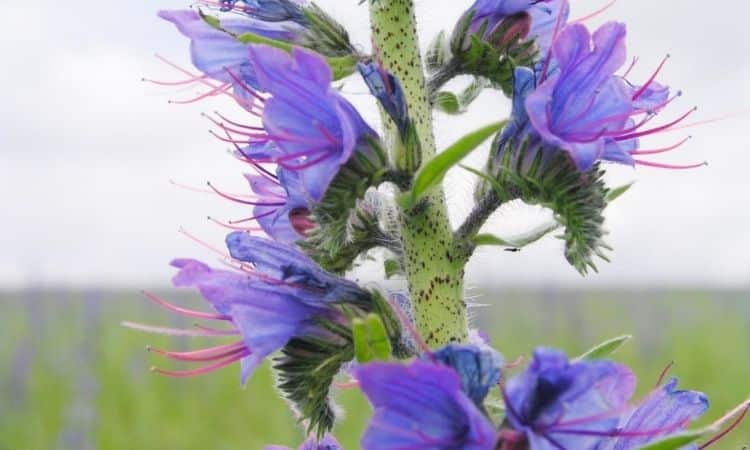
The common viper’s bugloss as an insect magnet
As a native wild plant, the common viper’s bugloss has a lot to offer insects. Its long flowering period from May to October attracts numerous visitors and the high sugar content in the nectar rewards them abundantly. At least twenty different butterfly species have been recorded on the viper’s bugloss. Among them are some bullhead butterflies (Thymelicus) and the magnificent swallowtail (Papilio Machaon). But also hoverflies, bees, and wild bees offer the flower of the viper’s bugloss a valuable food source. Two native wild bee species are even specialized in this plant.
The viper’s bugloss mason bee (Osmia adunca) and the rock viper’s bugloss bee (Osmia anthropoids) can only occur where the viper’s head also grows. The common viper’s bugloss is therefore virtually predestined for insect-friendly gardens, flowering meadows, and bee pastures.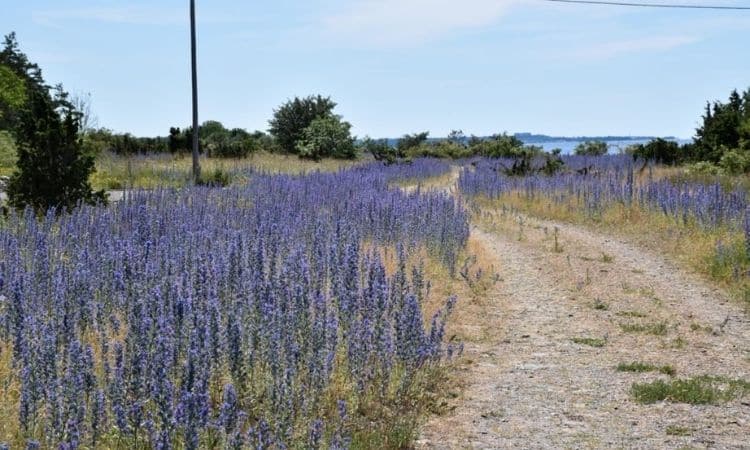
In the diet
Viper’s bugloss is a bristly and stubborn fellow, so only the very young leaves are suitable as an addition to wild herb salad. They are most tasty from April to May. They also enrich various vegetable dishes and can also be combined with other wild vegetables to make spinach. The blue flowers, which are collected from June to September, are suitable as a colorful decoration for all kinds of salads or as an addition to tea mixtures.
Healing applications
Viper’s bugloss is hardly noticed in the pharmaceutical industry and is also largely unknown in naturopathy. Its healing properties are very similar to those of borage and comfrey.
An ointment made from viper’s head roots is produced just like the comfrey ointment and helps with sprains, and bruises. Fresh parts of the plant can also be used as a poultice against these ailments, as described above.
Vegetable pulp as a wound plaster
Fresh plant parts are crushed in a mortar or a mixer until a mushy mass is produced. This can also be used to mature boils and abscesses. The plant pulp is applied to a cotton cloth and placed on the skin to be treated. Fixed with a gauze bandage, the plant can develop its full effect.
Tea
Pour a quarter of a liter of boiling water over two teaspoons of dried or one teaspoon of fresh viper’s bugloss herb and let it steep for ten minutes. Strain and drink two cups a day. The tea can be used for colds and against fever. Sweeten with a little honey if necessary. Viper’s bugloss tea can also bring relief from headaches.
Tea from the viper’s bugloss herb can also be applied directly to the skin with a cotton ball. This cure helps against red runny nose, brittle, and rough skin. It is best to apply in the morning and evening, more often if necessary.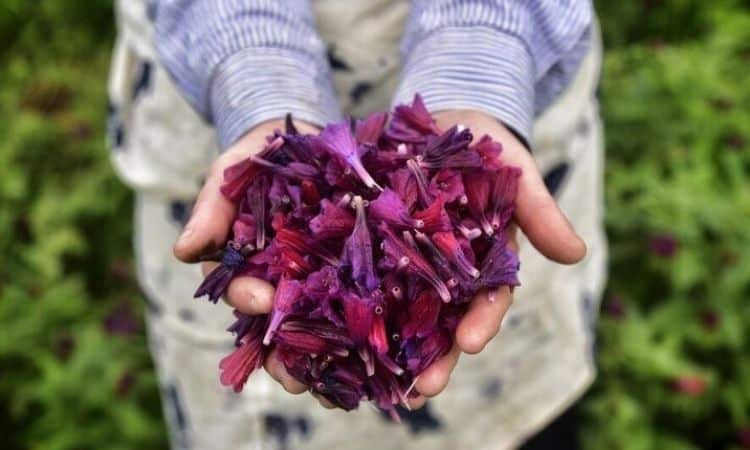
Original, hardly known applications
The roots of the viper’s bugloss were formerly used to dye wool red. When mattresses were still filled with natural material, in some areas there was the so-called “Johannesbett” – for which the herb of the viper’s bugloss was dried and filled into the mattress to protect the sleeping places from mice. According to the doctrine of signatures, the common viper’s bugloss was originally considered a medicine against snake bites because of its snake-like flower.
Recognition and collecting tips
The viper’s bugloss can beautify food and prevent health problems such as strains, and bruises
The perennial viper’s bugloss is found throughout Europe and Western Asia.
- The plant grows 25 to 100 cm high.
- It has a stiff bristly hairy, upright stem.
- The one to two centimeters large flowers are in a bunch-like inflorescence.
- They bloom the first pink, then blue to blue-violet from May to October.
- The flowers have two-columned pistil.
- The leaves are lanceolate and felt-hairy on both sides.
Because of its blue flowers, rough stem, and leaves, the viper’s bugloss is sometimes confused with the blue ox’s tongue, and they often occur in the same habitat. However, the Blue Ox’s Tongue has round flowers and no protruding stylus.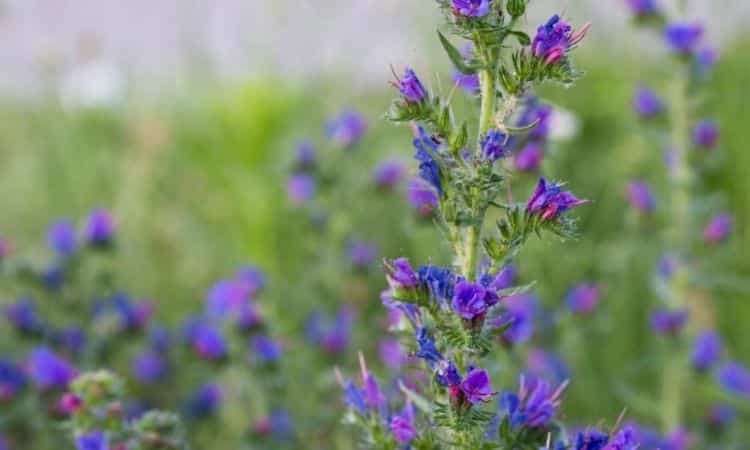
Mounting tips
It pays off to cultivate the common viper’s bugloss in your own garden. The seeds can be taken from wild plants from the middle of August and sown directly at the desired location. The seeds are black and very small, it is best to shake the plant with the ripe fruit bodies directly into a linen bag.
The place for sowing should be sunny and not too humid, but dryness is not a problem for the viper’s bugloss. Only in the first growth phase does the modest plant need water. The seeds, planted about two to three centimeters deep, need about six weeks until germination, during which time they should be regularly supplied with water. A temperature of 10 to 15 degrees Celsius is optimal. The plant then develops long taproots with which it transports water upwards from deeper layers.
Viper’s bugloss is biennial or perennial and forms the rosette in the first year, the flower appears the following year. If the intended place is sunny enough, the viper’s bugloss sows itself again and again.
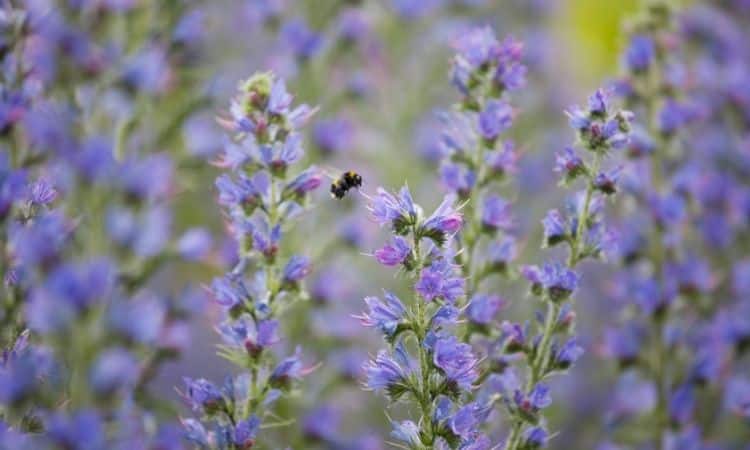

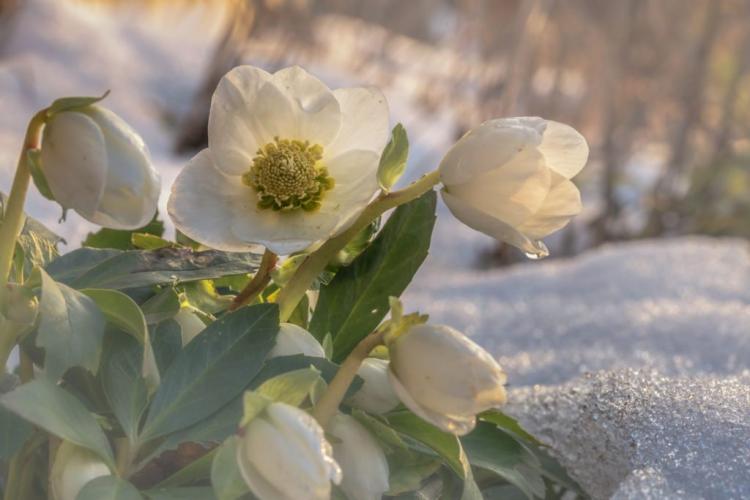
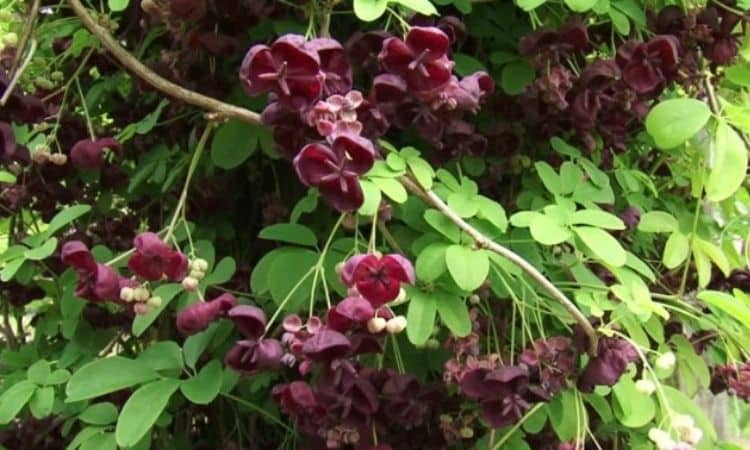
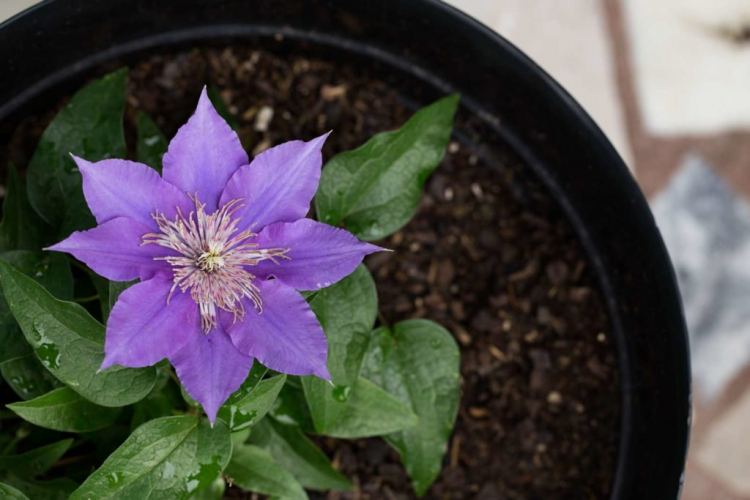
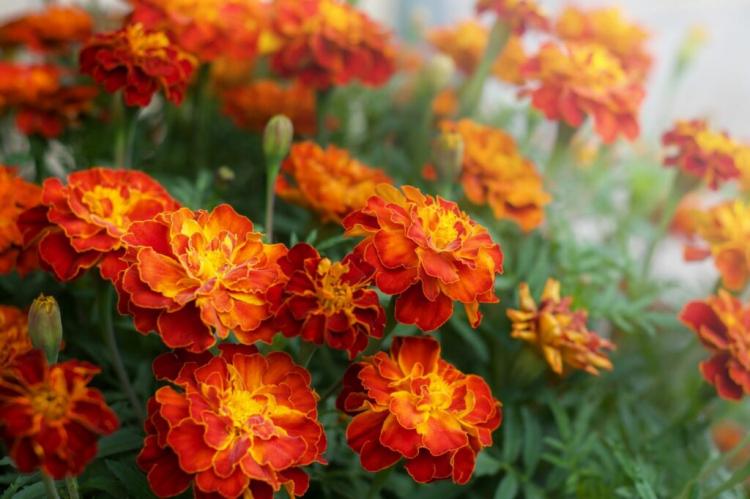
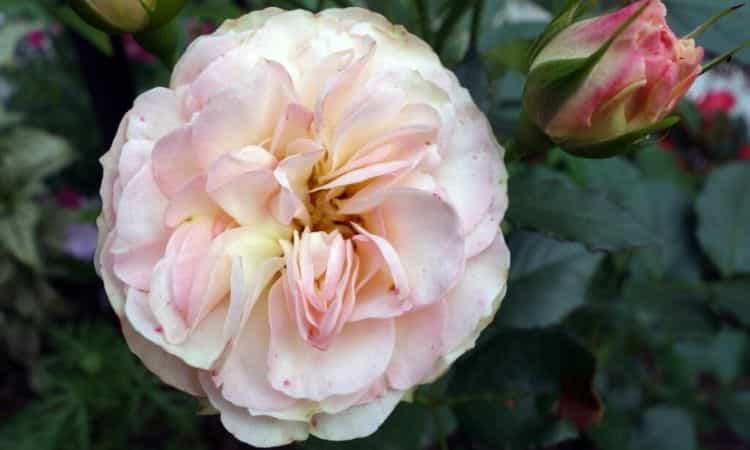
Is it possible to cut these stems to add to a bouquet? Or will the flowers fall apart?